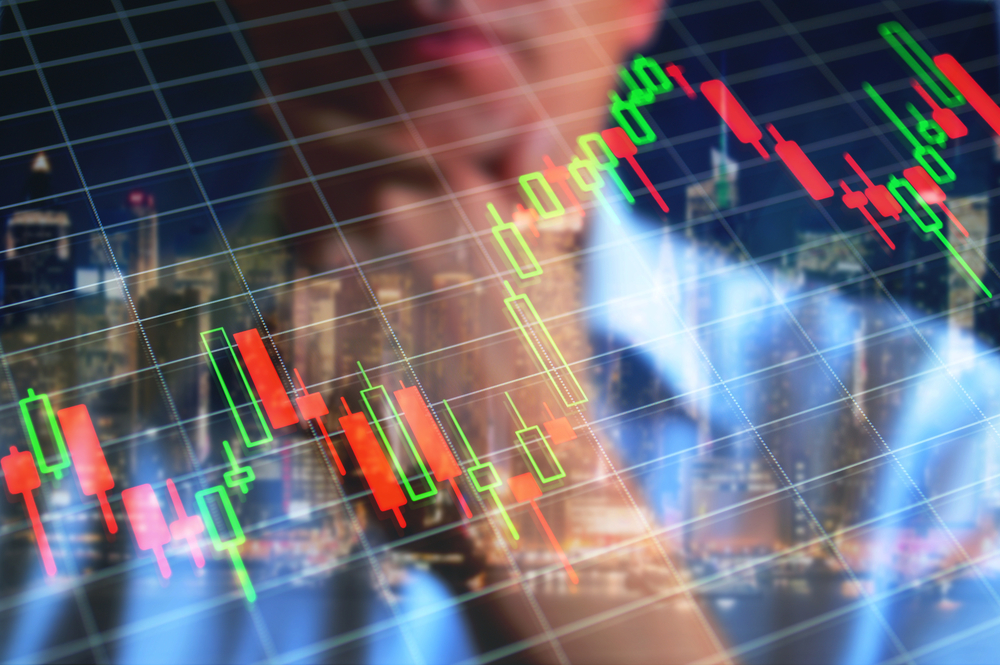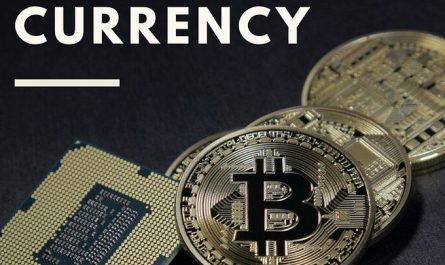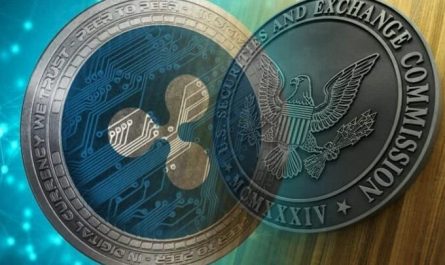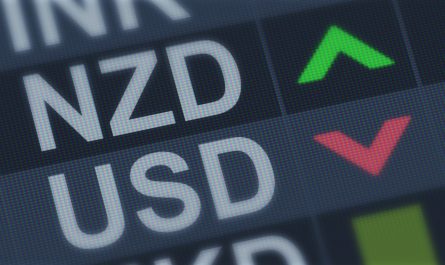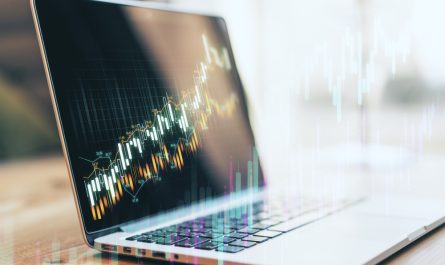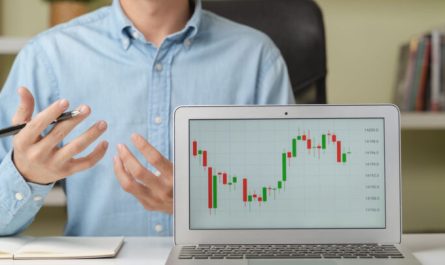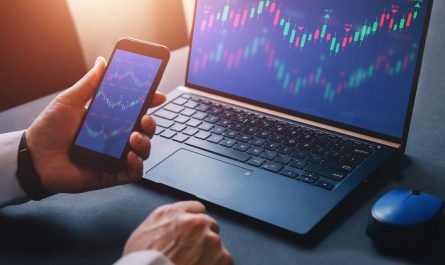Quarter 3 of 2022 experienced an extraordinary turn in a year of many wild swings in the market. While the US Federal Reserve increased its monetary policy momentum to curb inflation, the US Treasury yields kept shooting higher to heights they hadn’t seen in decades and stocks pulled back from their rally during summer to reach new depths.
Poor Index Performance
The S&P 500 has gone down by almost 24% YTD whereas yields on the ten-year US Treasury bill, which goes in an inverse direction to the price of bonds, recently rose to their highest since 2008.
Away from the United States, the increasing Dollar’s strength instigated a huge decline of other currencies across the globe and it forced Japan to intervene in the Yen for the first in a very long time. The slump of government bonds in the UK also forced the Bank of England to step in to buy long government bonds.
Many investors look forward to the last three months of the year with considerable fear. They bet that stock selloff will continue in the US until there are indications that the Feds are winning their fight against inflation. Although the ending quarter of the year is traditionally good for equities in the country, it inspired hopes that the worst might have come and gone for the market.
An Unclear Year-End Ahead
The plan of buying the market dip worked well for investors in times past but it failed woefully this year. For example, the S&P 500 index has staged a 6% rally at least four times and it has dipped farther after every rally. The index rose by almost 14% in the third quarter before it reversed to hit a new low of two years in September following the recalculation of investors to expect more hawkish rates from the Feds.
There are expectations by many analysts on Wall Street that the index will finish the year on the low side – lower than its present level. The end-of-the-year target published by Goldman Sachs and Bank of America makes the possibility of buying the dip unrealistic.
The ongoing bearish market has lasted for just 268 days which is quite short. The average bearish market since 1950 has lasted up to 391 days. Even though stocks have been volatile, the bond market gyration is worse.
Increasing US Dollar strength, due to its safe-haven status for investors, has pushed the Dollar higher to the disadvantage of other currencies. The Dollar has gone up by 7% this quarter versus most other major currencies and it is close to its highest level since May 2002.
Investors are generally expectant of the fourth quarter but they are equally bracing up for more impact.

